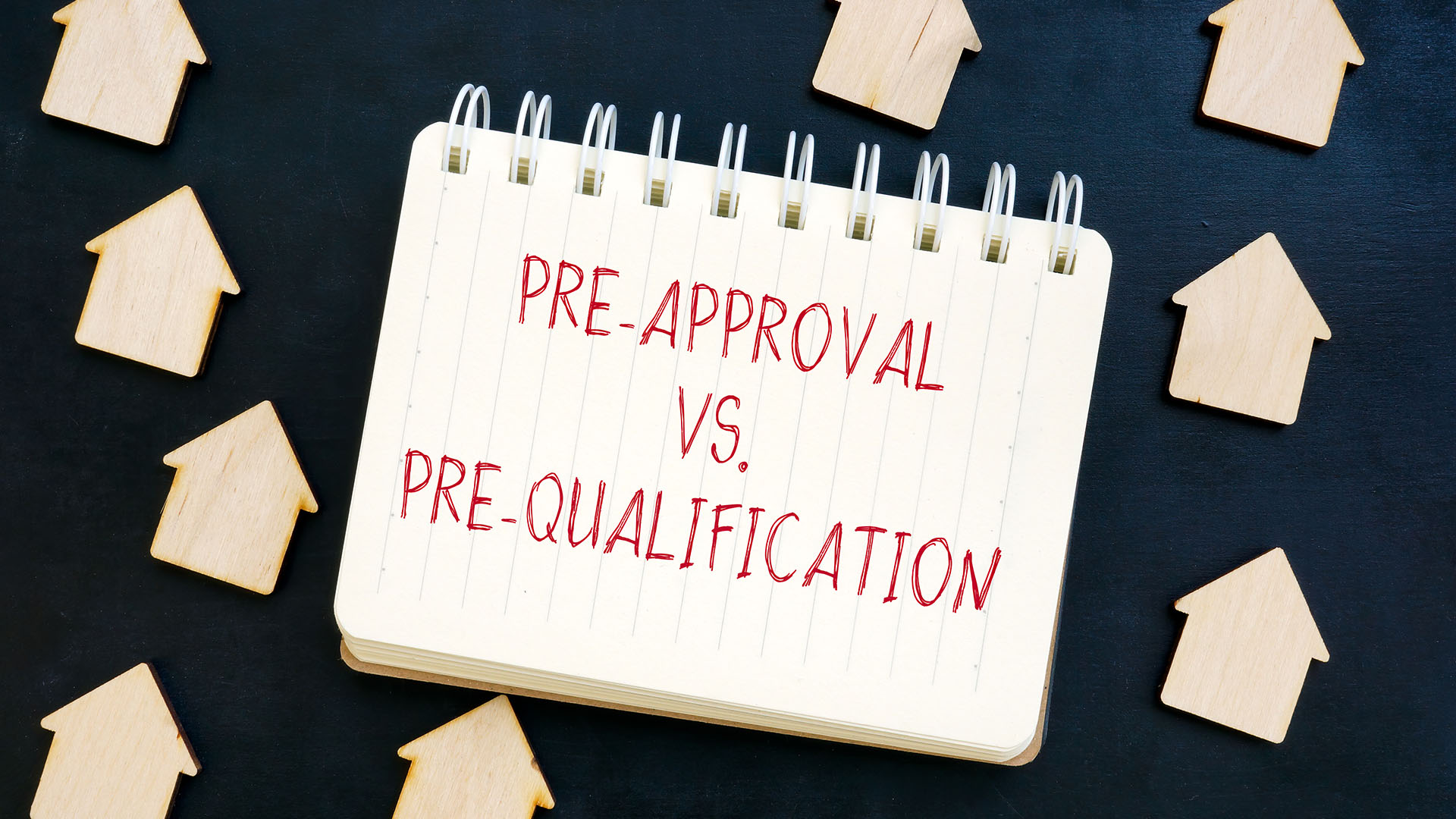
With homes now selling in a matter of days, your clients need to act faster than ever when they find the right home. Being preapproved for a mortgage saves time. However, mortgage preapproval is different from prequalification, so be sure your clients know the difference.
Prequalification is not a preapproval
Clients who are serious about buying a house need to shop for a mortgage early in the home search. They should seek referrals from friends, family and online resources and talk to at least three lenders, comparing terms. They should then get a preapproval letter from their chosen lender.
Prequalification and preapproval start the same way, but preapproval is more involved.
- Both processes begin with the lender asking the buyers about income, job history, credit history, debt and other financial matters.
- With prequalification, the lender gives the potential borrowers a cursory assessment of their ability to get a loan based on their answers to the lender’s questions. There is usually no charge for this assessment. While prequalification is no guarantee of a mortgage, it lets buyers know if red flags may stand in their way.
- The process continues for buyers who want mortgage preapproval (assuming the potential borrowers gave satisfactory answers to the initial inquiries). The lender reviews documents, and a credit report officially verifies income and examines the would-be buyers’ financial assets. If this scrutiny shows the borrowers qualify for a loan up to a certain amount, the lender will issue a preapproval letter saying so. Because it involves deeper analysis, there’s usually a fee for preapproval.
The preapproval letter is golden when shopping for a home because it tells the seller the buyers are serious and can move forward with a purchase.
The criteria for prequalification and preapproval are not dictated by law. Instead, they are up to the individual lender. That means the borrower can ask in advance what a lender requires and choose that lender or a different one accordingly.
The last steps
Once your buyers have a contract on the house, the march toward final approval begins. After the buyers provide the mortgage company with the sales contract, the lender does further research. The lender will verify employment, review recent pay statements and two years’ tax returns, and scrutinize legal matters such as child support and loan defaults. The lender will laser-focus on the ratios between the buyers’ mortgage payment and income and their total monthly debt and income. The latter should not exceed 43 percent of income. Less is preferable.
Your buyers need to be focused and timely in responding to lender requests. Any delay in mortgage approval risks not being ready for closing.

Client don’ts
Remind your buyers that certain actions can kill a deal during the mortgage approval process. They should not:
- Take out a loan on a car or other big-ticket item.
- Open or close a credit card account or bank account.
- Change jobs.
- Make a large deposit into a bank or investment account.
With your coaching, the buyers will be well prepared to get a mortgage and close on their dream home successfully.
More in Business Building
Could Federal Land Sales Help Solve the Housing Shortage?
Latest on the Blog




